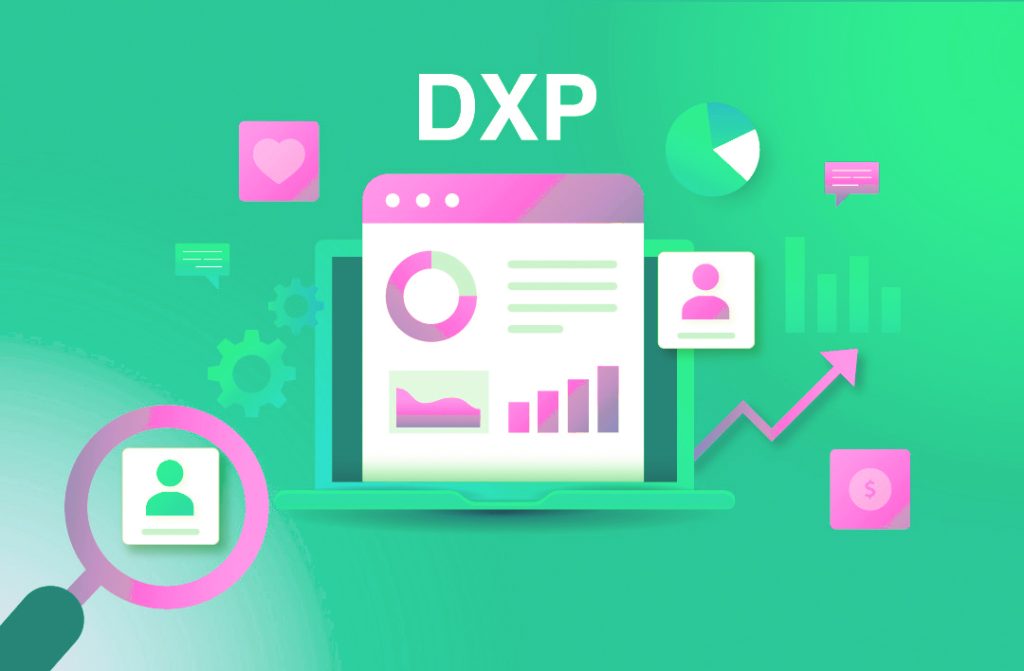There are fundamental changes in the marketing arena. Marketers, conscious of third-party cookies getting outlawed and privacy regulations getting stricter, are in pursuit of better and more privacy-preserving ways to understand and engage their customers. Central to this paradigm shift is the Digital Experience Platform (DXP)-the unique enabling tool that helps brands build meaningful, personalized, and consistent digital experiences at every customer touchpoint.
In the faint twilight of cookie-centricity, DXPs have become the future-ready marketing team’s strategic backbone.
1. Resort to First- and Second-Party-Data
If third-party cookies are no more, it is these data immediately acquired by brands (first and zero-party data) that take precedence. A digital experience platform (DXP) allows all these issues to be handled smoothly, from data collection to organization and activation through consent-based forms and behavioral tracking on owned platforms/customer interactions. More importantly, if marketing teams can capture such information within the DXP, the ones that serve will learn how to segment audiences better and create good strategies for content that are equally relevant and privacy-friendly.
2. Synchronize Customer Data on All Touchpoints
Today, customers have moved past online interactions with brands and also conduct transactions via mobile apps, direct mail, and physical venues. The DXP will work as glue uniting these interactions into one coherent system that unifies customer profiles with data coming in from diverse systems. This allows the marketing and CX teams to learn the customer’s journey in its entirety and respond in real time with content that is contextually accurate.
3. Power Real-Time Personalization
Real-Time brings allure to the personalization feature of Digital Experience Platforms. This tech is meant to dynamically change the contents based on user behaviors, user preferences, and environmental factors (device type or location). Such usage allows brands to create relevant experiences in a viable moment, one that doesn’t have to rely on cookies.
McKinsey has proven in research that personalized experiences increase customer satisfaction by 20%, thus tipping the balance where real-time personalization stops being a good-to-have and becomes a source of business impact. By understanding user intent and delivering content that fits that intent instantly, DXPs enable brands to build engagement and loyalty without jeopardizing privacy.
4. Orchestrate Seamless Omnichannel Journeys
Through the use of a DXP, brands can ensure that customer experiences remain seamless across all platforms. If a user is surfing on mobile, following up on desktop, or engaging via e-mail, a DXP ensures the messaging is synchronized and personalized along the entire experience journey.
It’s simply the essence of Omnichannel Marketing for customers to be approached from where they are with contextually relevant content that flows from one channel to the next. DXPs are the lifeblood of content and customer data. So each interaction, be it a push notification pushed on the user’s phone, a chatbot message, or some marketing communication sent to a loyalty program member, feels cohesive with what the user intends to do.
Such consistency amplifies not just the user experience but also builds trust in the brand, increases conversion rates, and eventually boosts retention.
5. Deliver Content Quickly Through Composable Architecture
Today’s digital teams have to work at an unprecedented pace. The idea of DXPs being composable and modular is essentially that brands, which could tap and play with the tools they want and which would integrate easily with existing MarTech stacks, should be able to launch those personalized experiences without massive IT involvement.
It is precisely agility that fastifies the teams to test, to iterate and then eventually to scale quicker, especially when the world keeps changing at great speed.
6. Create Experiences Based on Consent
Privacy is already a major selling point. DXPs have the brand-consent framework to deliver their personalized experiences without infringing the trust of their users. The software will ensure that every user interaction complies with regulations such as GDPR and CCPA while giving rich personalization options.
By allowing users to control their own posts, brands can easily base their relationships on compliance.
7. Power Up Your Marketing and Content Teams
DXPs are designed for marketers. All intuitive, with visual editors and drag-and-drop functions, marketing teams can launch a campaign, change content, or shift user journeys without ever asking developers.
That kind of autonomy enables brands to remain agile while preserving the integrity of messages and designs at every customer touchpoint.
8. Optimize to Enhance Experience or Experiences
One thing that DXPs also do very well is the real-time testing and optimization of the digital experience. From A/B testing landing pages to altering CTAs based on user behavior, marketers can iterate change and refine campaigns according to live feedback-all without cookie tracking.
That insight will further help enhance performance and engagement outcomes.
9. Create and Maintain Experiences that Only the Authenticated Member Can Access
Rather, a lot of brands emphasize gated and authenticated experiences. In particular, DXPs make it very convenient to create unique dashboards, loyalty programs, and member areas that deliver targeted value to the logged-in user.
It really helps in both retention of the user and personalization through the first person’s data.
10. Future-Proof Your Digital Strategy
A Digital Experience Platform is not merely a marketing tool but a long-term investment in digital agility. As customer expectations grow and privacy regulations evolve, DXPs provide a scalable and flexible foundation to adopt changes quickly.
They future-proof your brand by putting customers at the heart of your digital strategy, delivering experience that is personal, consent-driven, and high-impact.
Conclusion
In a cookie-free world, the future leaders will be the brands building relationships with their customers that are meaningful and responsible about data. A Digital Experience Platform transforms the entire experience: it links content, data, and personalization to create experiences that are respectful and yet powerful. Instead of chasing customers everywhere on the web, DXPs catch customers at every touchpoint along the way and provide value, relevance, and consistency.
Read more about Digital Marketing Software Market @ https://www.linkedin.com/pulse/digital-marketing-software-market-size-share-growth-2033-lqznf/



